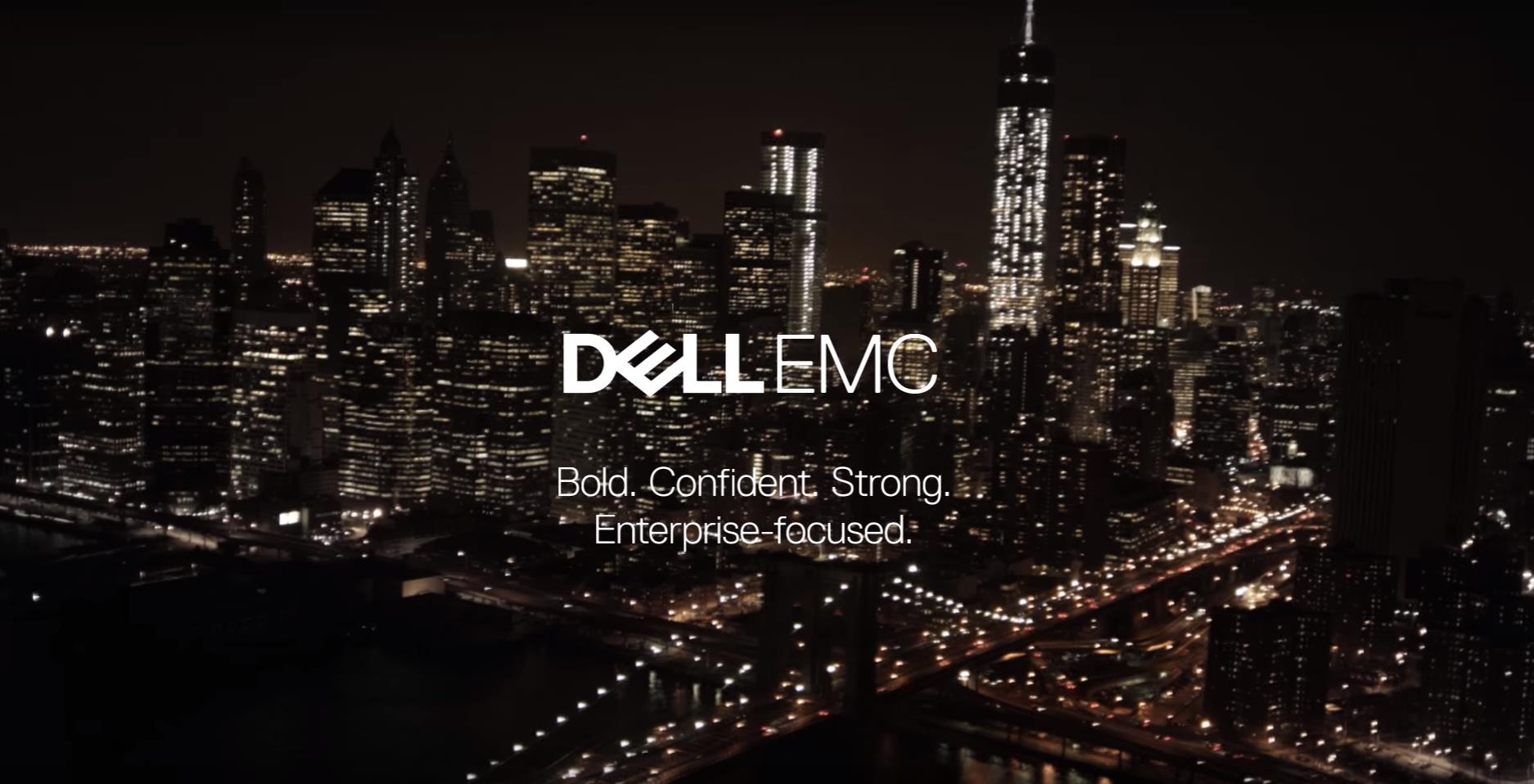
In October 2015 the biggest ever tech deal in history was announced, the acquisition of EMC by Dell for $67bn.
Since the deal was announced there has been over a year of rumours and speculation as to how the two companies would merge together to create a goliath tech company that would be capable of batting it out across the entire stack.
Speculation as to the future of VMware dogged the acquisition process and some thinning of the portfolio only helped to fuel suggestions that the deal may not be going to plan.
But then, September 7th 2016 came around and suddenly the deal was closed, all bar the shouting.
Although the acquisition closed in September, the final wrangling of deal has been on-going. Which is why, 6 months later, Dell EMC in the UK & Ireland are just about to become fully integrated so that they can start, as Dell EMC’s Claire Vyvyan told CBR: “Serving customers from the very largest all the day to consumers with the technology and IP across both businesses.”
Come the 6th February and Dell EMC in the UK&I will be fully aligned.
Speaking about the acquisition to CBR, Dayne Turbitt, formerly Vice President EMC Global Accounts, and now SVP of UK&I Dell EMC Enterprise, said that when the announcement was made there was a lot of surprise, but then after a few hours there was a realisation of how they can work together.

Vyvyan was similarly positive about the reaction to the announcement, also citing the “massive synergies” between the companies and saying: “We are truly unique in being able to do everything from end point all the way up to the largest data centres in the world, so spanning all technologies, but we’re also truly unique in being able to take a small entrepreneurial start up and wash the tech that a start-up company uses all the way in to the largest multinational companies in the world.”
Both execs were similarly glowing in their perspective of how smoothly the deal went and the great opportunity that is now presented to them.
But in reality it hasn’t all been calm seas and smooth sailing.
The acquisition required the sale of the Dell Software Group and the Dell EMC Enterprise Content Division. The deals helped Dell to fund the acquisition of EMC while simultaneously cutting away areas that aligned the new company on a clearer strategy.
One of the sales saw the departure of Dell Statistica from the portfolio, a highly regarded analytics firm, whose sale appeared a curious one given the on-going buzz around the big data market.
Vyvyan said: “If you think about what Michael (Dell) has done, he’s allowed the businesses to really give strategic focus around infrastructure. So Statistica was interesting, we learnt a lot around analytics by having it in the family but the reality is that we can still work with Statistica, we know the people, but it also opens up the rest of the analytics world so we can work with the Hortonworks, the Hadoops etc.
“So I don’t see it as negative at all, we’re still working with Statistica and still have a lot of customers who were engaged with on their software platform our infrastructure platforms, but it opens us to work with all the other analytics platforms that are out there.”
The mantra has changed at Dell EMC, find out what this means for the company’s open source approach on the next page.
Dell EMC appears to have not abandoned this area, as it still maintains the Boomi offering, which Vyvyan said will still get significant investment from the company because it is “key to our future vision.”
What the new company seems to be going for is being able to offer the entire stack and doing so in an open way.
Vyvyan said: “You can do the whole stack with us or pick and choose.”
This open approach has been highlighted by some of the actions taken by VMware since the acquisition closed, particularly the deal with Amazon Web Services, which was announced in October last year.
The deal saw the companies announce ‘VMware Cloud on AWS,’ and makes AWS the primary public cloud infrastructure of VMware, and it the primary private cloud partner of AWS.
Turbitt said: “Historically we would have never done that deal. And when you look at it on face value they look at us and go – Amazon is going to eat your lunch.”
Deals like this highlight an important element of the newly aligned entities in the Dell EMC company. Vyvyan said that while the company wants to be the “strategic infrastructure provider” to all companies and that it is working closely with the aligned businesses, it is not doing this exclusively.
“Those entities can also work with our competitors. That’s important for customer choice and we continue to work with other software companies because ultimately the world is a world of choice, and so our relationship with other entities like Microsoft, Red Hat, Linux providers, open source providers remains completely intact because it has to be in a world where you want customer choice and want to be the infrastructure provider to all,” said Vyvyan.

While the open approach is a necessity for modern tech companies that seek to dispel the idea that they may be locking customers in, there is also a much tighter integration between the old EMC federated companies.
Under the old model the concept of federation allowed the companies such as VMware, Pivotal, VCE to operate independently, so if they chose to work together then that’s great – but they didn’t have to work together.
That’s all changed. Turbitt said: “That’s great probably 10 years ago. So under Joe he brought together this federation of companies and what he did really well was to let them operate independently so they could scale at their own pace.
“The downside of that is that they are operating independently and the customer felt pain to integrate. So we realised at EMC a couple of years ago and we started holding these integration solutions, which we now bring to market in our hybrid cloud – Michael has accelerated this.
“The mantra before was we exist to give you choice and if you choose to use each other together -that’s great. Michael’s mantra is we’re best used together.”
In the end it’s about essentially providing one throat to choke under the new structure. The alignment of the companies mean that instead of speaking to both EMC and Dell a customer now just has to speak to one, and that should help to take some of the cost off integration for the customer.






